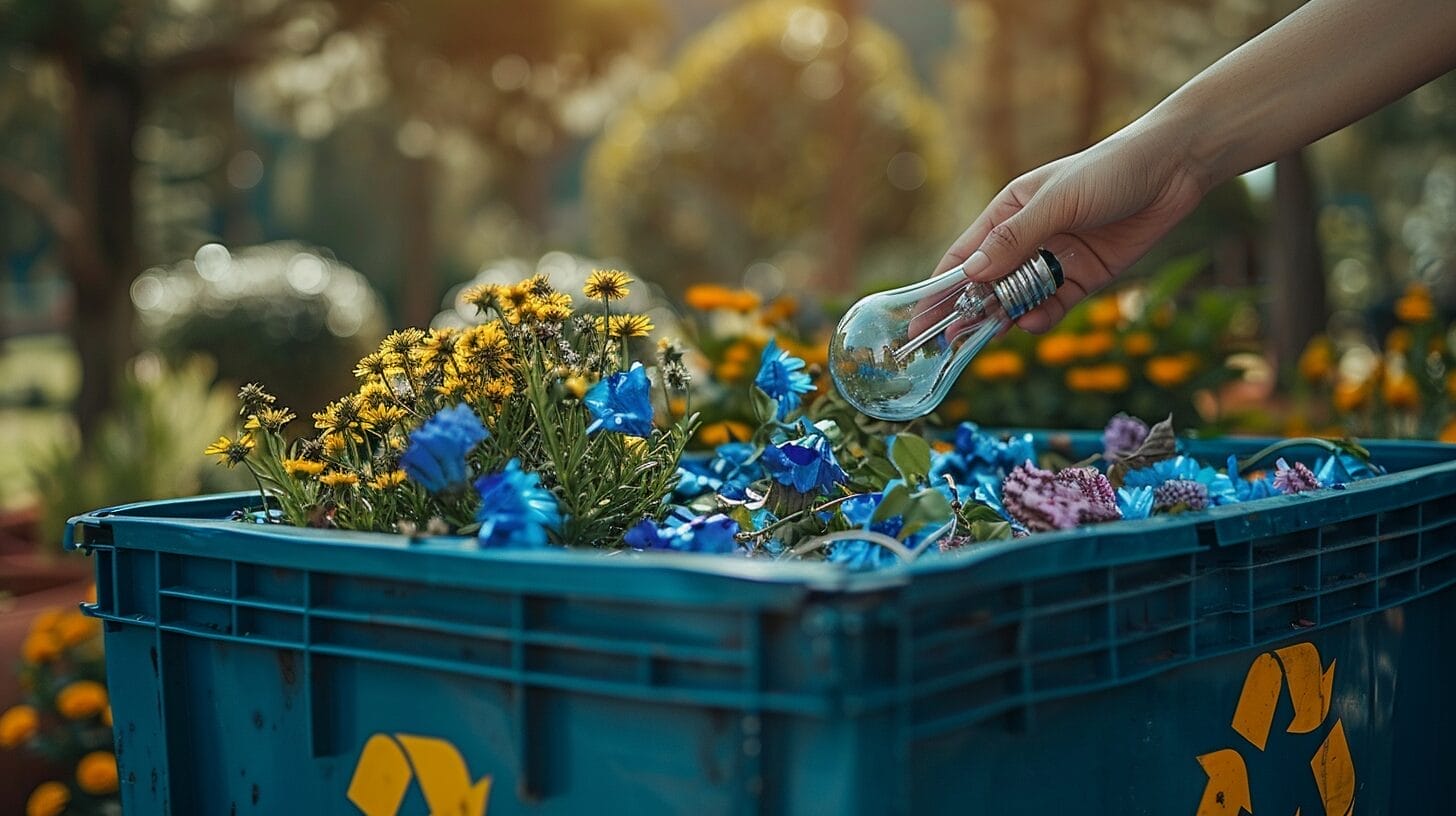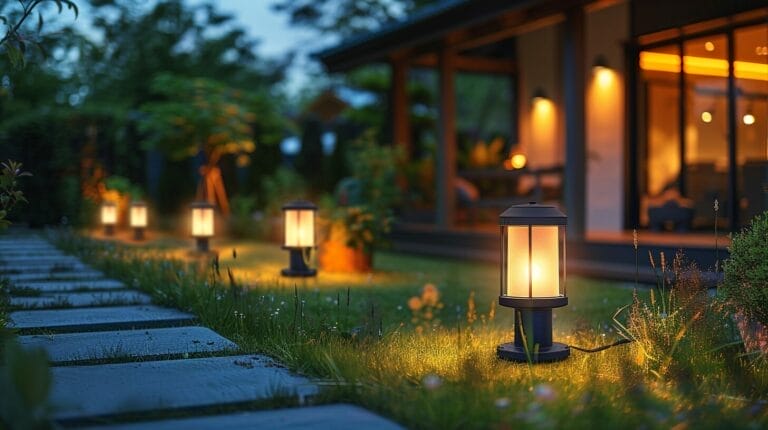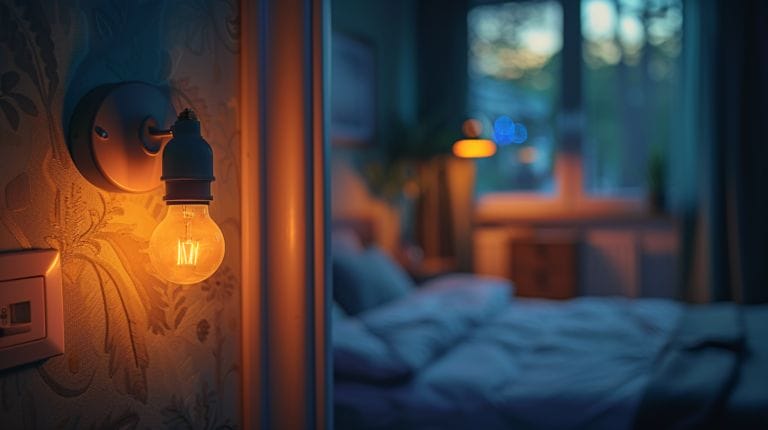How to Recycle Incandescent Light Bulbs: A Complete Guide
Ever wondered how to responsibly dispose of incandescent light bulbs? Join us as we provide a step-by-step guide to recycling these bulbs, including CFLs and LEDs, safely and efficiently. Let’s take a proactive approach to environmental conservation by properly managing our household waste in our How to Recycle Incandescent Light Bulbs guide.
Key Takeaways
- Take incandescent bulbs to hazardous waste centers for disposal, especially if the bulbs contain mercury.
- Check local guidelines for eco-friendly disposal options.
- Consider switching to energy-efficient LED or CFL bulbs.
- Look for retailers with recycling programs for old bulbs.
- Proper disposal prevents harm to the environment.
Understanding the Different Types of Light Bulbs and Their Disposal Methods

Incandescent bulbs, the traditional bulbs with a wire filament inside a glass bulb, are a common type of light bulb. They are classified as hazardous waste due to the materials they contain. Unlike LED or CFL bulbs, they can’t be simply thrown in the trash as they release harmful mercury vapor when broken. Therefore, taking them to designated recycling centers or hazardous waste facilities for proper disposal is crucial for environmental safety.
How to Properly Dispose of Incandescent Light Bulbs
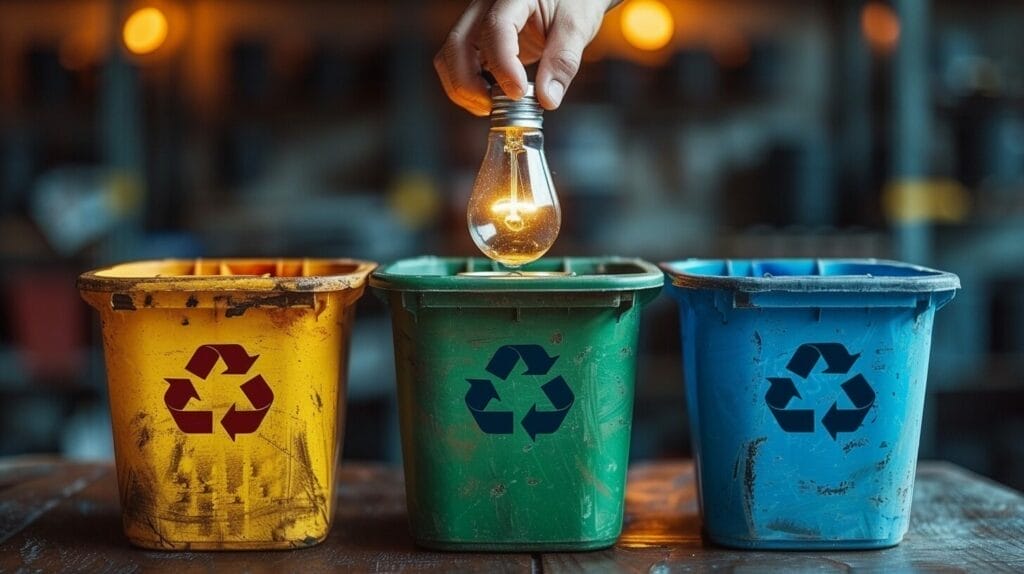
Properly disposing of incandescent light bulbs requires careful handling due to their classification as hazardous waste. Unlike other bulbs, incandescent bulbs contain materials like glass, metal, and a filament made of tungsten, which aren’t easily recyclable. To dispose of incandescent bulbs, it’s essential to take them to designated hazardous waste disposal centers or recycling facilities.
Many local municipalities have specific guidelines for incandescent bulb disposal to prevent environmental contamination. When looking for eco-friendly alternatives, consider switching to energy-efficient LED or CFL bulbs, which last longer and consume less energy. Some retailers even offer recycling programs such as IKEA’s lightbulb recycling program where you can drop off old incandescent bulbs for proper disposal.
Safe Disposal of Broken or Damaged Incandescent Bulbs
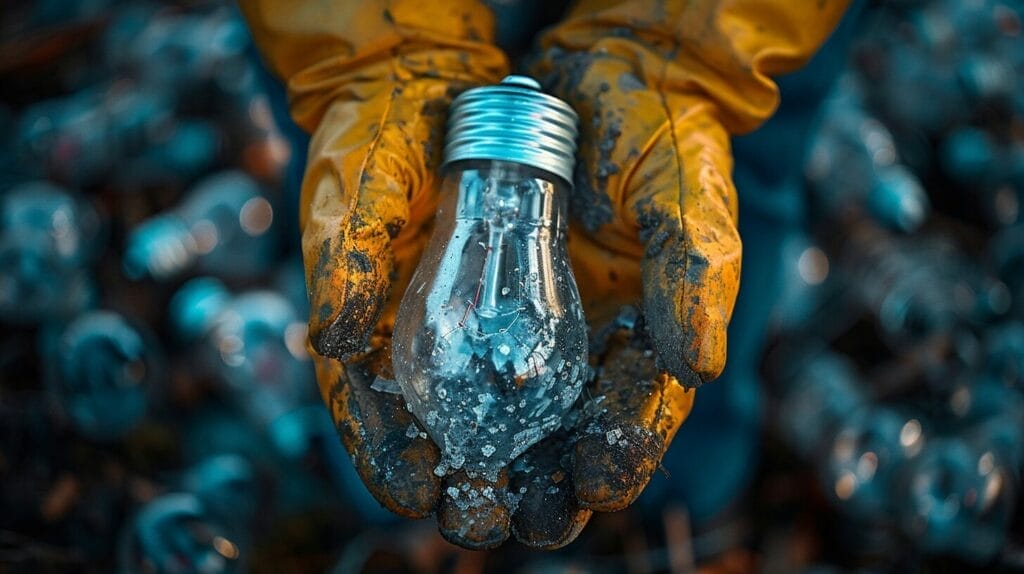
To dispose of broken or damaged incandescent bulbs safely, follow these recommended steps.
- First, make sure everyone, including pets, vacates the area to prevent injuries from glass shards.
- Next, put on gloves to carefully pick up the larger pieces, avoiding direct contact with skin. Use a damp paper towel to dab and pick up any remaining glass slivers and powder.
- To capture tiny fragments, gently pat the area with sticky tape.
- Place all collected debris in a sealable container to prevent leaks.
- When dealing with broken incandescent light bulbs, never use a vacuum cleaner as it can spread mercury vapor.
- Check with local waste management authorities on where to dispose of the sealed container following your area’s guidelines.
Taking these precautions ensures a safe cleanup and proper disposal of broken bulbs, including CFLs and LEDs, reducing potential health and environmental risks.
Recycling CFL, LED, and Fluorescent Tube Bulbs

Recycling CFL, LED, and fluorescent tube bulbs is an important step in sustainable waste management practices. When it comes to CFL bulbs, they contain a small amount of mercury, making it essential to handle and dispose of them properly. Local recycling centers or designated recycling facilities often accept CFL bulbs for recycling.
LED bulbs, on the other hand, are more environmentally friendly due to their energy efficiency and longer lifespan. When it’s time to dispose of LED bulbs, they can be taken to recycling facilities that specialize in electronic waste.
Fluorescent tubes also need to be recycled to prevent harmful substances like mercury from ending up in landfills. Many local recycling centers or specialized facilities offer options to recycle fluorescent tubes safely.
The process of recycling these types of bulbs not only prevents environmental contamination but also allows valuable materials to be recovered for reuse, aligning with sustainable practices.
Can I Recycle Potlight Bulbs in the Same Way as Incandescent Light Bulbs?
Yes, replacing recessed light bulb, potlight bulbs can be recycled in the same way as incandescent light bulbs. Both types of bulbs are considered hazardous waste and should not be thrown in the regular trash. Check with your local recycling center for the proper disposal method for these bulbs.
Promoting Sustainable Practices Through Bulb Recycling Programs
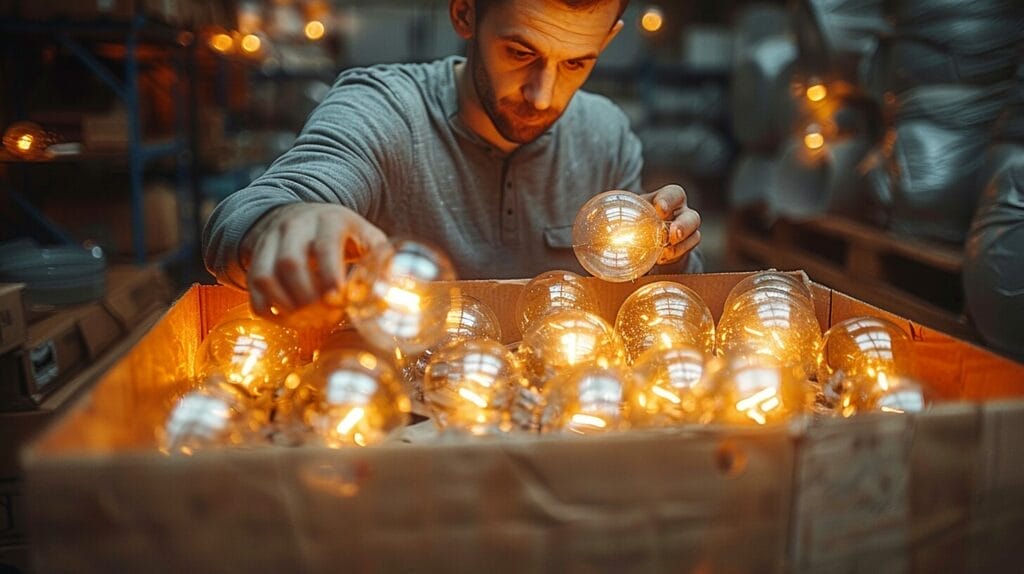
By participating in bulb recycling programs, we can reduce waste and environmental impact. Many organizations offer convenient recycling options for LEDs, CFLs, and other bulbs, making it easier to dispose of old bulbs. Not only does this prevent hazardous materials from ending up in landfills, but it also promotes a culture of sustainability. Supporting local organizations to establish or support bulb recycling programs can enhance environmental efforts and foster a sense of shared responsibility.
Benefits of Bulb Recycling Programs:
- Reduces environmental impact
- Fosters sustainability
- Prevents hazardous materials in landfills
- Strengthens community ties
- Promotes responsible waste disposal
- Encourages eco-friendly habits
- Supports local organizations
- Drives innovation in recycling
Conclusion
To sum up, recycling incandescent light bulbs is an important step towards promoting sustainability and reducing waste. By properly disposing of these bulbs and participating in recycling programs, we can help protect the environment and conserve resources for future generations.
Let’s all do our part in making a positive impact on the planet by recycling our old light bulbs.
Frequently Asked Questions
How do I properly dispose of incandescent light bulbs?
Incandescent light bulbs can be thrown in the regular trash as they do not contain any hazardous materials, unlike CFL or fluorescent bulbs which must be recycled. However, it is recommended to check with your local waste collection service for specific disposal guidelines, especially when it comes to how to recycle light bulbs or disposing of cfl light bulbs in household trash.
Can I recycle halogen bulbs?
Halogen bulbs are not typically accepted in curbside recycling programs due to their high heat and potential to cause fires. It is best to check with your local recycling center for proper disposal options.
What should I do with CFL bulbs that contain mercury?
CFL bulbs should not be thrown in the regular trash as they contain mercury, a hazardous material, emphasizing the importance of compact fluorescent light bulb disposal in line with environmental protection agency guidelines. You can usually recycle CFL bulbs at designated drop-off locations such as home improvement stores or contact your local waste collection service for guidance.
Are LED bulbs recyclable?
Yes, LED bulbs are recyclable. You can usually take LED bulbs to your local recycling center or return them to the store where you purchased them for proper disposal.
How do I recycle old light bulbs like fluorescent tubes?
Fluorescent tubes and other old light bulbs can often be recycled at specific locations such as home improvement stores or designated drop-off sites. Check with your local waste collection service or Home Depot for recycling options for fluorescent bulbs. A quick online search can also help you find a local recycling centers.

